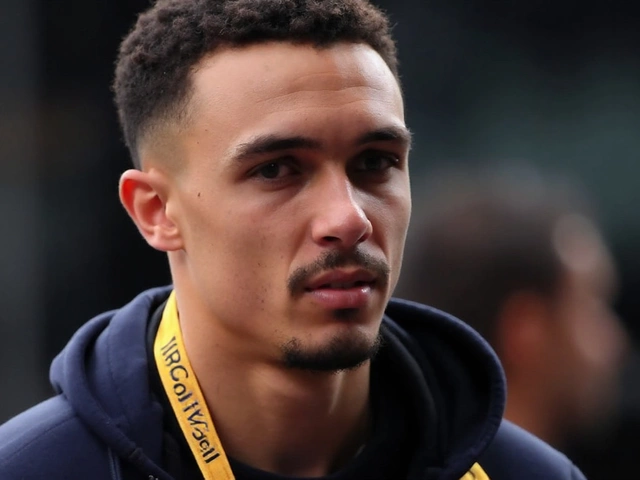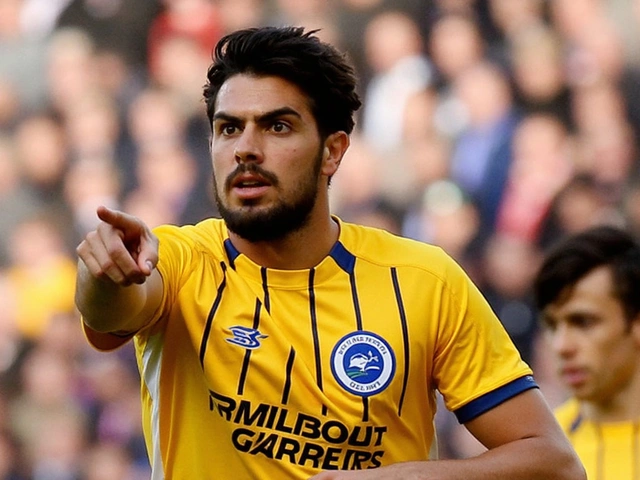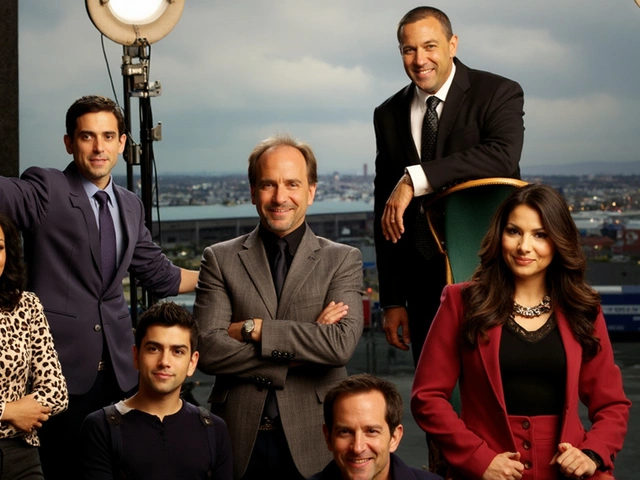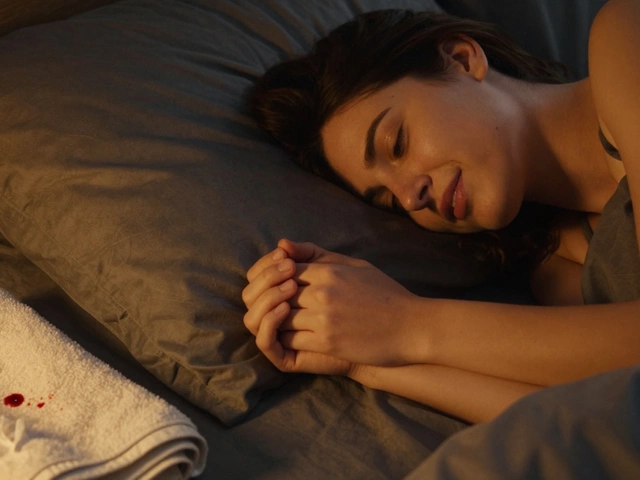Eye Injury: What Every Motorsports Fan Should Know
Got a need for speed? Whether you ride a bike, watch a race, or work in a pit lane, your eyes are under constant threat. A stray stone, a broken visor, or even a sudden wind gust can cause an eye injury that ruins more than just a day’s fun. Let’s break down the basics so you can keep your vision sharp and stay in the game.
Common ways eye injuries happen on the track
Most eye problems in motorsports come from three sources: debris, impact, and poor protection. Debris is the biggest culprit – dust, gravel, or even a loose part can fly straight into a rider’s face. Impact injuries happen when a helmet or visor cracks, sending shards into the eye. Finally, wearing the wrong gear or skipping goggles altogether leaves the eyes exposed to wind, UV rays, and chemical spray.
Typical injuries include scratches (corneal abrasions), bruises (hyper‑emia), and more serious cuts that need stitches. In rare cases, a high‑speed collision can cause orbital fractures or retinal damage. Knowing the signs early makes a big difference.
How to protect your eyes before you hit the track
First off, invest in a good helmet with a clear, impact‑tested visor. Look for a visor that meets ECE or Snell standards and replace it if you notice any cracks or chips. Pair that with wrap‑around goggles or sport‑specific sunglasses that block UV and fit tightly around the eyes.
Don’t forget to check your gear before every session. A quick visual inspection for scratches on the visor, loose straps, or fogging will save you a lot of hassle later. If you’re a rider, consider a double‑layer visor – the outer layer takes the hits, while the inner layer stays clear for your vision.
For pit crew members, safety glasses with side shields are a must. Even a small splash of oil or fuel can irritate the eyes and cause a burn if it’s not filtered out.
First‑aid steps if an eye injury occurs
When something gets into the eye, stay calm. Rinse the eye with clean water or saline for at least 15 minutes. Do not rub – that can make a tiny scratch turn into a deeper wound.
If you notice persistent pain, blurred vision, or a visible foreign object that won’t move, get professional help right away. A sports doctor or ophthalmologist can remove debris safely and prescribe antibiotics if there’s a risk of infection.
For bruises or swelling, apply a cold compress for 10‑15 minutes. Avoid using any medication without a doctor’s advice, especially steroid eye drops, which can worsen certain injuries.
When to see a professional
Even if the pain seems mild, consider a check‑up if you experience:
- Sudden loss of vision or double vision
- Continuous tearing or red eyes that don’t improve
- Visible cuts, bleeding, or deep scratches
- Floaters or flashes of light after an impact
These symptoms can point to serious damage that needs treatment within hours.
Recovery and getting back on track
Minor scratches usually heal in a couple of days with proper cleaning and rest. Bigger injuries may need a few weeks off, plus a follow‑up plan from your eye doctor. During recovery, protect the eye with an eye shield or tinted glasses, and avoid dusty environments.
Once cleared by a professional, start with low‑intensity sessions and gradually increase speed. Keep your visor clean and re‑inspect all protective gear before each run.
Bottom line: eye injuries can happen fast, but with the right gear, quick first aid, and prompt medical care, you’ll be back to enjoying the roar of engines without risking your sight.
Josh Taylor Calls Time on Boxing Career After Vision-Threatening Eye Injury
Josh Taylor, Scotland’s undisputed super-lightweight champion, is retiring from boxing at 34 after battling a serious eye injury. Concerns over permanent vision loss drove the decision, forcing him to step away despite a historic career that saw him unify all four belts and push into higher weight classes.









